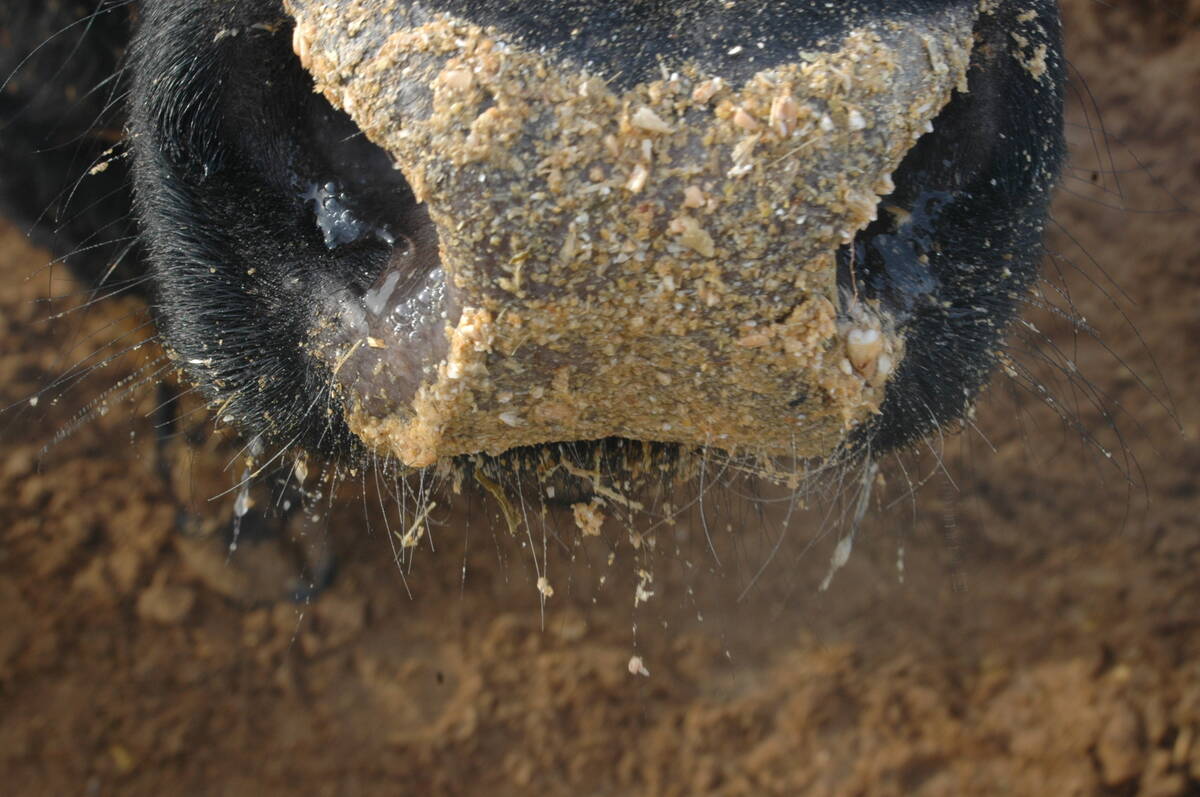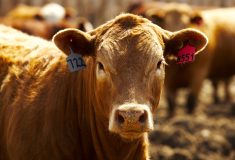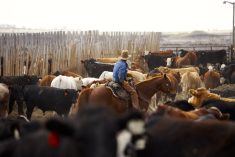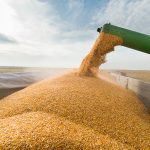Leverage is everything when it comes to buying or selling many goods and services. The cattle market is no exception to this, whether it is at the auction market or in the feedlot. U.S. cattle feeders over the past 18 months have had a tough lesson in what happens when they don’t have leverage over packers.
They have struggled until recently to force packers to pay more for cattle because of ample supplies. But that has finally begun to change. Prices the last week of October and first week of November saw their most meaningful two-week advance this year, with prices increasing by US$4 per cwt live.
Read Also

Feed grain update for Canadian beef producers
Factors affecting the feed grain market and what it means for Canadian cattle feeders
The main driver was that packers had to pay more for the highest-grading cattle to cover holiday commitments for Choice and Prime beef. Packers should remain active in the cash markets until they secure sufficient supplies to cover the record high level of forward-booked holiday commitments, noted Andrew Gottschalk, HedgersEdge.com, in early November.
The percentage of U.S. cattle grading Prime and Choice remains high but is slightly down on this time last year. For the week ended October 23, 9.11 per cent of cattle graded Prime and 71.40 per cent graded Choice. The same week last year saw 10.08 per cent grade Prime and 70.75 per cent grade Choice. The percentages remained above these levels for the final 10 weeks of the year and then moved even higher from January to the start of June. The week ended February 20 saw an all-time record of 86.07 per cent cattle grading Prime (11.73 per cent) and Choice (74.34 per cent).
Meanwhile, the drought that has afflicted the Western U.S. all year is the most severe since 2000. It had an impact on agricultural production of all kinds, notably that of alfalfa. As of October 12, drought conditions were most severe in the western U.S. states of California, Arizona, Nevada, Oregon, Washington, Idaho, Utah, Montana and North Dakota, says USDA. According to the U.S. Drought Monitor on October 12, more than 52 per cent of the West’s land area was classified as experiencing extreme or exceptional drought. Data reported by the U.S. Drought Monitor demonstrate that the current incidence of drought in the West exceeds all past droughts in the region since 2000. Drought conditions began in the West in the latter months of 2020 and the first months of 2021, says USDA.
Drought conditions in the western U.S. have important implications for the agricultural economy, says USDA. According to the National Drought Mitigation Center (NDMC), as of October 12 more than 45 per cent of alfalfa hay acreage in the U.S. was experiencing severe drought conditions. Data reported by NDMC indicate the percentage of alfalfa hay acreage affected by drought during the summer was the largest in the past decade. The historically severe drought conditions in the West have significance for the broader agricultural economy, says USDA. For example, alfalfa hay is an important input for livestock and dairy operations and much of its production is concentrated in the West. Drought conditions affecting alfalfa hay acreage have the potential to reduce yields, which may influence feed and consumer prices, says USDA.
Drought conditions forced many cattle producers in the West to send cattle to feedlots earlier and lighter than normal. March and April saw much larger placements into feedlots of cattle in the two lightest weight categories. The two months saw 180,000 more cattle under 600 pounds placed than last year, while 175,000 more cattle weighing 600-699 pounds were placed. This is one reason why the year-on-year decline in the feeder cattle and calf supply on July 1 was down 600,000 head from a year earlier.
















